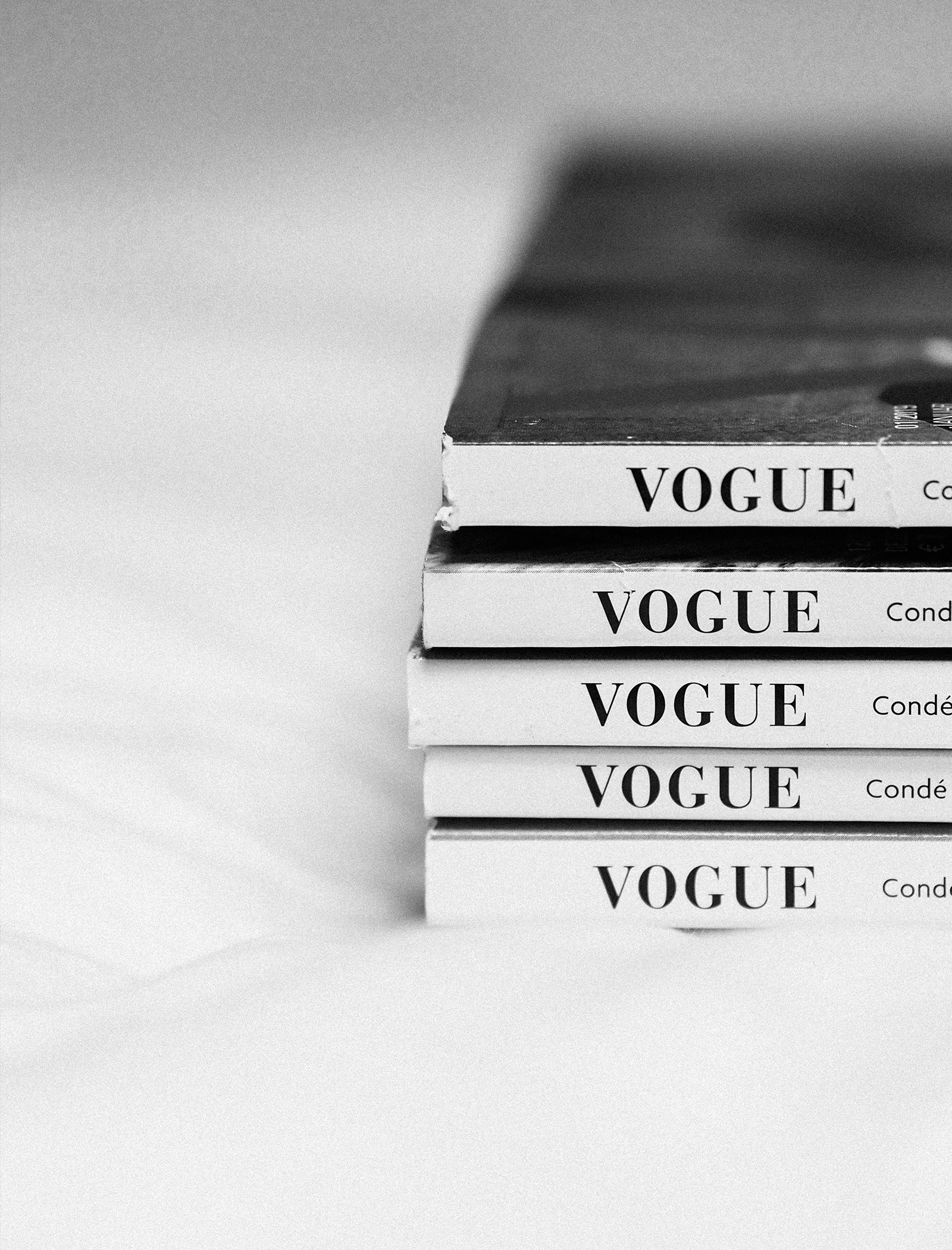THE MARKET
Facts about the potential of the Central American premium market
LUXURY YOU LIVE
RIPE MARKETS
THE
CONSUMER PROFILE
The HENRY, DINK, & YUUMY
The college graduate with MNC income; the DINK (double-income, no kids); the HENRY (high-income, not rich yet); and the YUUMY (young urban, upwardly mobile) shop luxury like there is no tomorrow. They need to dress well, drink well, eat out frequently, socialize, entertain, and relax– essentially living well and living for today. They place importance on looking their best, mobile phones, and seasonal wardrobe changes and are considered the next big spenders on all things luxury
AGE RANGE: 18-50
SEX:
- FEMALE 80%
- MALE 20%
SALARY: $120,000 USD ANNUAL AVERAGE
EDUCATION: University-educated, generally with at least a Master’s Degree or equivalent, oftentimes from a North American or European university.
FAMILY STATUS
- AGE: 15-29 MARRIED 30.95%
- AGE: 30-59 MARRIED 75.70%
LIFESTYLE: Well-traveled, engages in a good deal of shopping
GOALS: Much of their buying habits are based on a desire to build and preserve “face” which acts as a sort of social currency amongst their peers.

CONSUMER
PURCHASING HISTORY
HERITAGE FASHION
Louis Vuitton, Mont Blanc, Cartier, Dolce & Gabbana, etc.
SKINCARE
Givaudan, Deciem, Shiseido, Vintner’s Daughter, Dr Dennis Gross, Augustinus Bader, IS Clinical, Dr Barbara Sturm, U Beauty, etc.
COSMETICS
Charlotte Tilbury, Chanel, Victoria Beckham Beauty, Tom Ford, etc.
HAIRCARE
R+Co, Olaplex, Oribe, Virtue, Shu Uemura, etc.
FRAGRANCE
Tom Ford, Byredo, Acqua di Parma, Diptyque, Chanel, Le Labo, Annick Goutal, Cire Trudon, Creed, Frederic Malle, etc.
PRODUCT USAGE
Consumers can generally be placed within the “prestige” category, meaning they want to see the efficacy of a product before purchasing. Excluding brands that create social cache amongst their peers, their buying habits are most often results-driven and therefore product usage is confined to the brand’s instructions for usage.
SATISFACTION
Brands that can show an appreciable improvement or the maintenance of a desired condition (e.g. smooth, luxurious hair, a clear complexion, discernable quality in terms of craftsmanship, etc.) can generally expect an enthusiastic customer response. Customer satisfaction is often predicated upon modest but discernible improvements.

